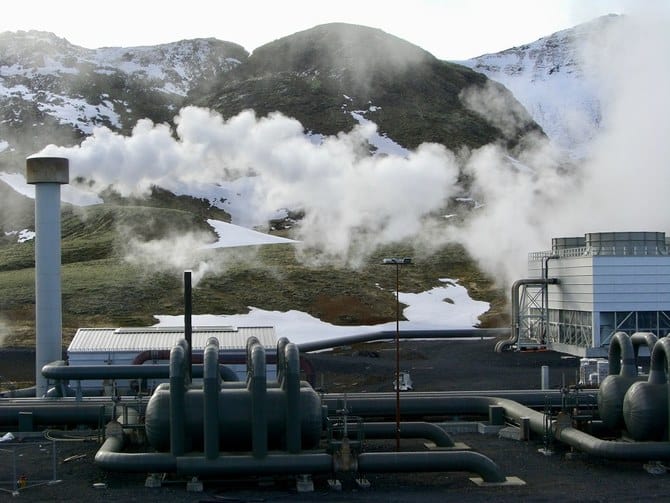India has unveiled the first part of a drive to attempt to turn the world’s third-largest emitter of greenhouse gases into a “hub” for green hydrogen.
Green hydrogen is produced using non-fossil fuel power to then be utilized in carbon-heavy industrial processes like making steel and concrete, and for transportation.
Although the technology has been heralded as a potentially game-changing way to reduce emissions, it is beset with huge challenges — particularly the high cost of the required infrastructure.
“The Mission aims to aid the government in meeting its climate targets and making India a green hydrogen hub,” New Delhi said Thursday, announcing the first phase.
This would include industrial incentives like free transmission of renewable electricity between states for producing hydrogen and also ammonia, used in fertilizers, for 25 years.
The country aims to produce five million tonnes of green hydrogen annually by 2030.
“The implementation of this policy will provide clean fuel to the common people of the country. This will reduce dependence on fossil fuel and also reduce crude oil imports,” the power ministry said.
Land in renewable energy parks will also be allocated for manufacturing green hydrogen and ammonia, and bunkers will be set up near ports for the storage and export of green ammonia, according to a government document.
Delhi is considering offering subsidies and requiring oil refineries and fertilizer plants to use the fuel in the second phase, which is still being prepared, Power Minister Raj Kumar Singh said Wednesday, Bloomberg News reported.
With its booming population, India is projected to become the world’s most populous country in this decade, and energy demand is rising fast.
Prime Minister Narendra Modi committed in November’s Glasgow climate summit to reach net-zero emissions by 2070, but wants rich nations to help pay for the transition.
“Energy requirements of the people of India are expected to nearly double in the next 20 years. Denying this energy would be denying life itself to millions,” Modi said earlier this week.
“Developed countries need to fulfil their commitments on finance and technology transfer,” he told the World Sustainable Development Summit (WSDS) on Wednesday.
Indian industrialists including Gautam Adani and Mukesh Ambani, major players in coal and oil, have also announced large investments in renewable technologies including green hydrogen.

